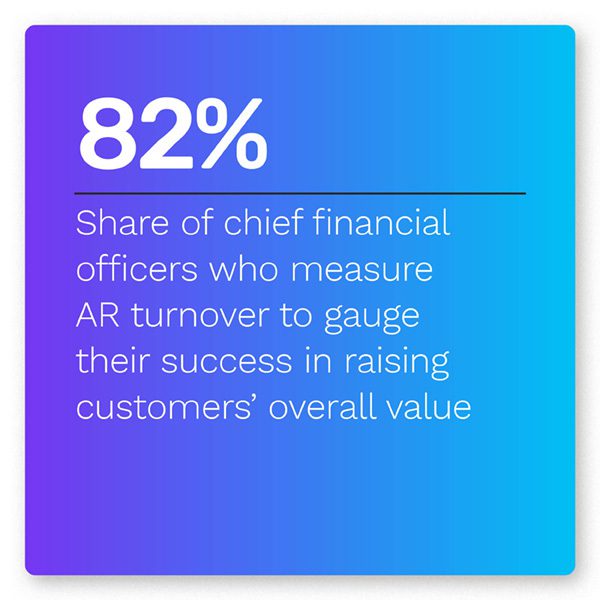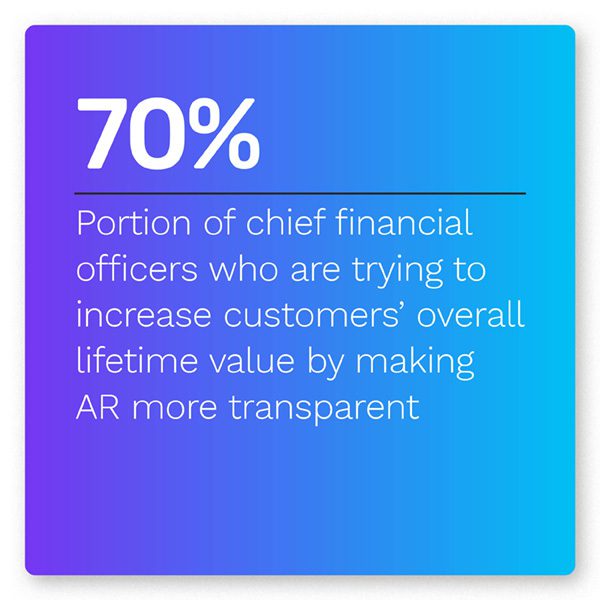CFO Spending on AR Automation Linked to Rise in Remote Workers

 Cash flow considerations are not limited to one sector or business type. Delays or errors in the process can have colossal ripple effects in all industries. Firms that lack the free capital to ensure timely payroll, vendor payments and a host of other necessities could find themselves in a world of issues. It is the job of accounts receivable (AR) departments to ensure that customers’ payments arrive on time and with all the necessary information or they will find their firms’ downstream cash flows to be imperiled.
Cash flow considerations are not limited to one sector or business type. Delays or errors in the process can have colossal ripple effects in all industries. Firms that lack the free capital to ensure timely payroll, vendor payments and a host of other necessities could find themselves in a world of issues. It is the job of accounts receivable (AR) departments to ensure that customers’ payments arrive on time and with all the necessary information or they will find their firms’ downstream cash flows to be imperiled.
Ensuring this is much harder on paper than in practice, however, with data entry errors and payment processing delays plaguing AR departments around the world. One potential answer to these AR challenges is automation, which reduces the potential for human error by implementing systems that rely on artificial intelligence (AI). These systems delegate everyday processes, like collections and invoicing, to AI-aided systems, accelerating the complex calculations that often frustrate and bog down human analysts.
The November edition of the Working Capital Playbook®, a PYMNTS and YayPay collaboration, explores the latest in the world of accounts receivable, including the challenges that AR teams face in their day-to-day business, how AR automation can help close the performance gap and how the pandemic has affected the AR field as employees are working from home.
Developments From Around the World of Accounts Receivable
Payment errors and delays can have massive ramifications for many industries, with the construction sector serving as a prime example. The construction industry loses $100 billion annually due to delays that stem from two primary sources: aging infrastructure that transfers payments via the postal mail or electronic means, and delay in payments documentation, approval and communication. Net-30 terms are typical in the construction sector, but nearly half of all firms wait up to 90 days to receive payments. This suggests that digitization and AR automation could go a long way toward helping construction firms maximize their efficiency and save costs.
 AR automation is working to close this payments gap and has seen widespread implementation within the business world. The Institute of Finance and Management (IOFM) reported that the global AR automation market is projected to grow by nearly 13% annually within the next five years, up to $3.9 billion in 2026 from $1.9 billion this year. The IOFM said the pandemic has been a key growth driver in this regard. Many companies’ accounting employees are working from home, limiting the efficiency of manual AR procedures.
AR automation is working to close this payments gap and has seen widespread implementation within the business world. The Institute of Finance and Management (IOFM) reported that the global AR automation market is projected to grow by nearly 13% annually within the next five years, up to $3.9 billion in 2026 from $1.9 billion this year. The IOFM said the pandemic has been a key growth driver in this regard. Many companies’ accounting employees are working from home, limiting the efficiency of manual AR procedures.
For more on these stories and other working capital developments, read the Playbook’s News and Trends section.
VironIT on Leveraging AR Automation to Make Remote Work More Efficient
Record numbers of employees began working from home during the past two years, but this change has brought a fair amount of challenges in the form of communication and collaboration mishaps. Accounting departments were especially affected by this, but many found that AR automation helped reduce the amount of delayed payments and errors.
In this month’s Feature Story, PYMNTS talked with Alexey Grakov, co-owner of software development company VironIT, about how AR automation kept remote work hiccups to a minimum.
Deep Dive: How Paper Payments Are Hindering AR Automation Implementation
AR automation can provide numerous benefits to corporate accounting teams, reducing payment errors and delays that can lead to big costs in downstream cash flow issues. Automated solutions’ implementation is severely hindered by the persistence of paper-based payments, however, which are still commonplace in the business world despite the increasing prevalence of digital solutions.
This month’s Deep Dive explores why paper-based payments are delaying the implementation of AR automation and what firms stand to gain from taking their payments digital and going all-in on AR automation.
About the Playbook
The Working Capital Playbook®, done in collaboration with YayPay, is your go-to monthly resource for updates on trends and changes in accounts receivable.
